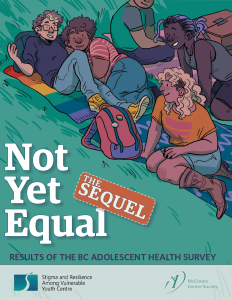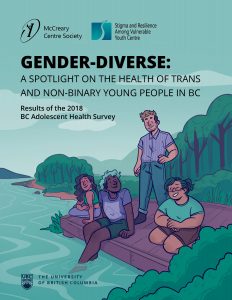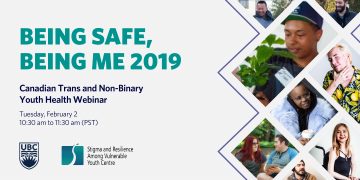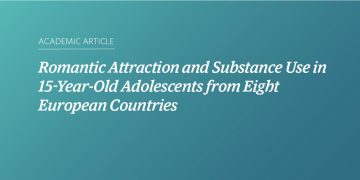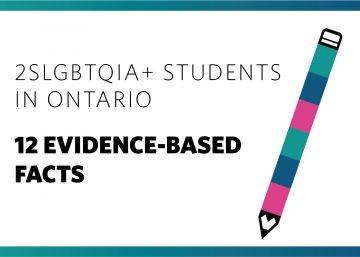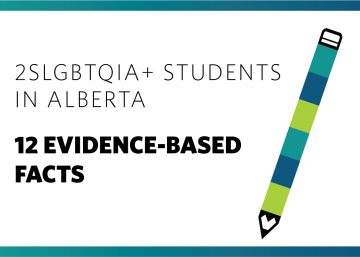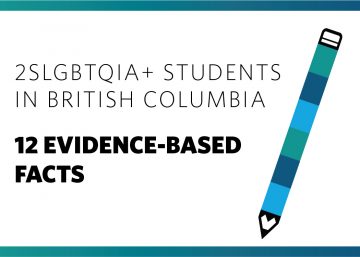Not Yet Equal (the Sequel): Results of the BC Adolescent Health Survey
Not Yet Equal (the Sequel): Results of the BC Adolescent Health Survey provides a profile of the health LGBTQ youth in British Columbia (BC). The report is a collaboration between researchers at SARAVYC and the McCreary Centre Society and uses data from the 2018 BC Adolescent Health Survey (BC AHS), which is one of the […]
“They talked completely about straight couples only”: How schools contribute to sexual violence among sexual and gender minority youth
This study examined contextual factors shaping sexual violence victimisation and perpetration among sexual and gender minority youth, with school playing a key role. Based on qualitative data from semi-structured interviews with 50 young people aged 14–26 years who self-reported sexual violence perpetration in the Growing Up with Media survey, the analysis demonstrates how schooling’s ‘hidden curriculum’ leaves sexual and gender minority youth ill-equipped to navigate the world of sexuality.
Join us for a webinar and Q&A about the links of provincial policy, IDs, and gender affirming care to trans and non-binary youth health
How is access to gender-congruent ID related to mental health outcomes? Does having a primary care provider increase access to gender affirming care and does this access change depending on the level of comfort towards the primary care provide? What is the link between Canadian provincial health services policy and access to gender affirming care? Join us for a webinar on February 2nd where we discuss the research behind these questions.
Romantic Attraction and Substance Use in 15-Year-Old Adolescents from Eight European Countries
Abstract Purpose Sexual minority youth are at higher risk of substance use than heterosexual youth. However, most evidence in this area is from North America, and it is unclear whether the findings can be generalized to other cultures and countries. Methods In this investigation, we used data from the 2014 Health Behaviour in School-aged Children […]
LGBTQ+ Students in Ontario: 12 Evidence-Based Facts
This fact sheet presents research findings about 2SLGBTQIA+ youth and their cisgender and heterosexual peers in Ontario, Canada, and beyond.
LGBTQ+ Students in Alberta: 12 Evidence-Based Facts
This fact sheet presents research findings about 2SLGBTQIA+ youth and their cisgender and heterosexual peers in Alberta, Canada, and beyond.
LGBTQ+ Students in British Columbia: 12 Evidence-Based Facts
This fact sheet presents research findings about 2SLGBTQIA+ youth and their cisgender and heterosexual peers in British Columbia, Canada, and beyond.
